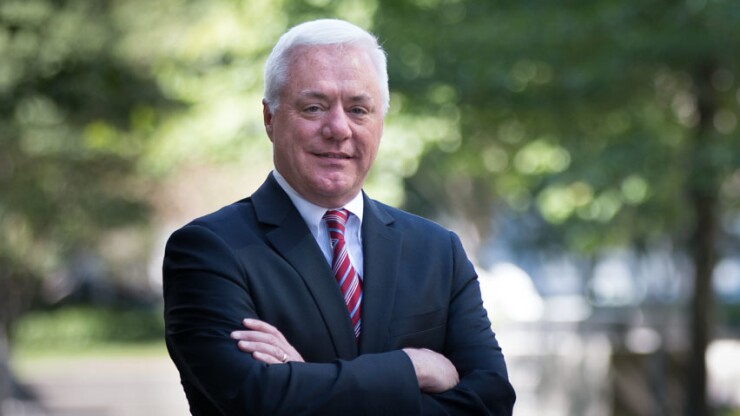WASHINGTON — The Federal Reserve faces a dilemma in constructing a real-time payments system. On one hand, the market seemed to demand faster payments solutions yesterday. On the other, the Fed's undertaking is complex, so making it work will take time.
To address both realities, the
“We want to take the time to get it right,” said Kenneth Montgomery, the first vice president of the Federal Reserve Bank of Boston who is overseeing FedNow. "As we continue to refine business requirements, hear from the industry about what they’re looking for, our objective will be to have subsequent releases after that initial release of FedNow.”
After years of deliberations, the Fed

While the announcement was
Montgomery said that while the Fed is “moving forward at a rather ambitious pace” to develop its payments network, he stuck to the agency’s initial 2023-24 launch target, despite comments over the fall from Fed Chairman Jerome Powell suggesting that the network may be ahead of schedule.
“Quality and time to market are our top priorities as we're planning this out, and we've been pretty consistent that our objective is to launch FedNow sometime in 2023, or 2024,” Montgomery said.
Industry groups have also
“We've broadly defined interoperability to mean that payment messages are routed or exchanged and settled such that a sender may initiate a payment and it will seamlessly reach the receiver regardless of service provider,” Montgomery said. “So in support of that working definition, the FedNow team is conducting an assessment to inform our interoperability capabilities, and this includes evaluation of other instant payment operators' messages and standards and rules.”
Montgomery added that although seamless interoperability is the goal, it may not be available in the initial release of FedNow. But even if the two networks aren’t perfectly interoperable on day one, he said, payments will still settle more quickly on those networks than under the current Automated Clearing House system.
“The Fed believes that interoperability is a desirable outcome, but it may be difficult to achieve early,” Montgomery said. “But regardless of how we implement this, the expectation is it will be far faster than the ACH.”
Montgomery also dismissed concerns that, because the Fed would both operate its own network and regulate RTP, FedNow would have a competitive advantage.
Having more than one network would make the overall payments system more secure and resilient, he said, and both internal controls and federal law ensure that FedNow would not enjoy any advantage.
“Our public service mission is not equivalent to having a competitive advantage or a competitive disadvantage,” Montgomery said. “We think having multiple operators in each payment rail provides the necessary redundancy for the safety and soundness of the payment system. And it likewise broadens accessibility to all financial institutions, both large and small.”
Meanwhile, the recent
developing its own system, Montgomery said, because the breadth of the RTP network has no impact on the Fed's rationale for developing its own system. FedNow will still provide resiliency and competition regardless of how many banks join RTP, he said.
“While RTP may increase the number of participants on their solution prior to the FedNow availability, we still think there will be sufficient demand for the FedNow service launch,” Montgomery said. “And, likewise, some institutions will likely want to have access to both RTP and FedNow.”
Montgomery said the Fed does not have an accurate estimate for the ultimate cost of developing FedNow, in large part because critical design and implementation aspects of the new system are undetermined.
But based on other central banks’ experiences in developing faster payments networks and the Fed's own experience in operating the ACH network, the Fed will be able to recover the network’s development costs “in the long run,” he said.
“As we're starting to refine what the business requirements are going to be ... I think we'll have a better view into what the actual costs will be,” he said.





